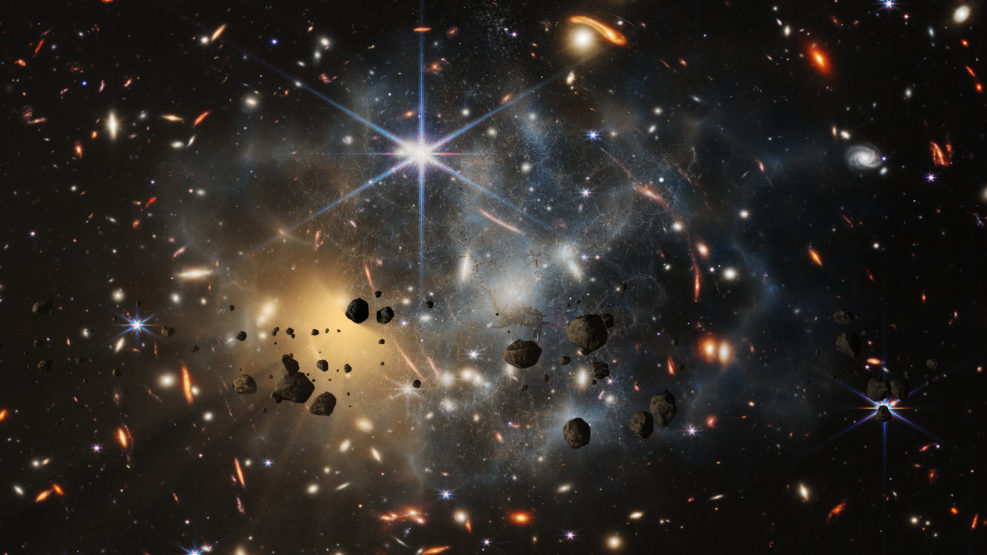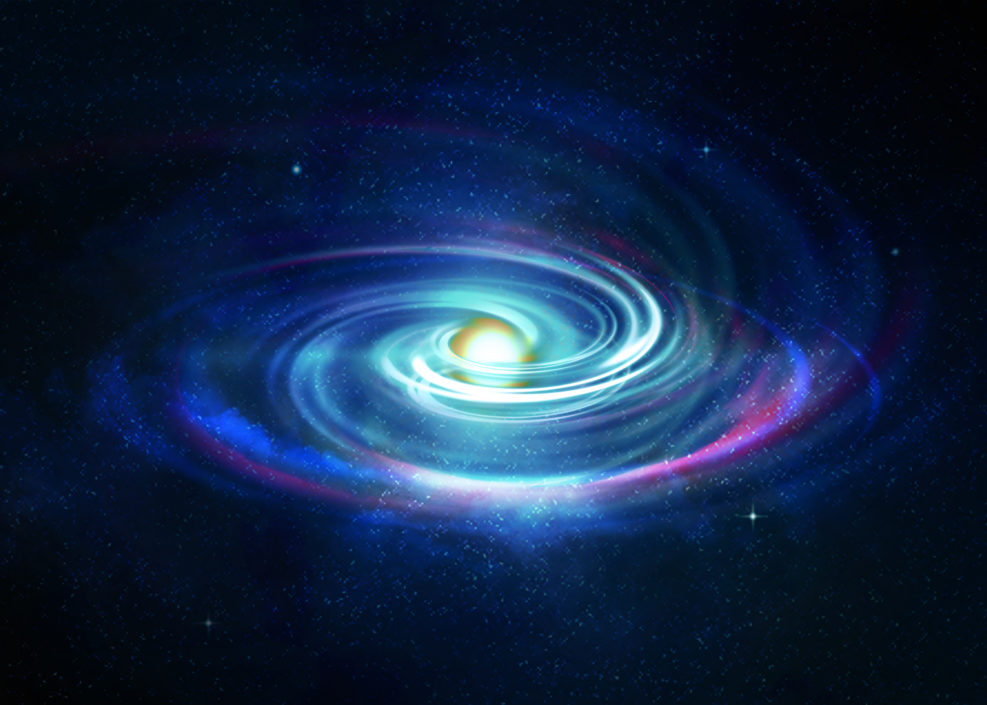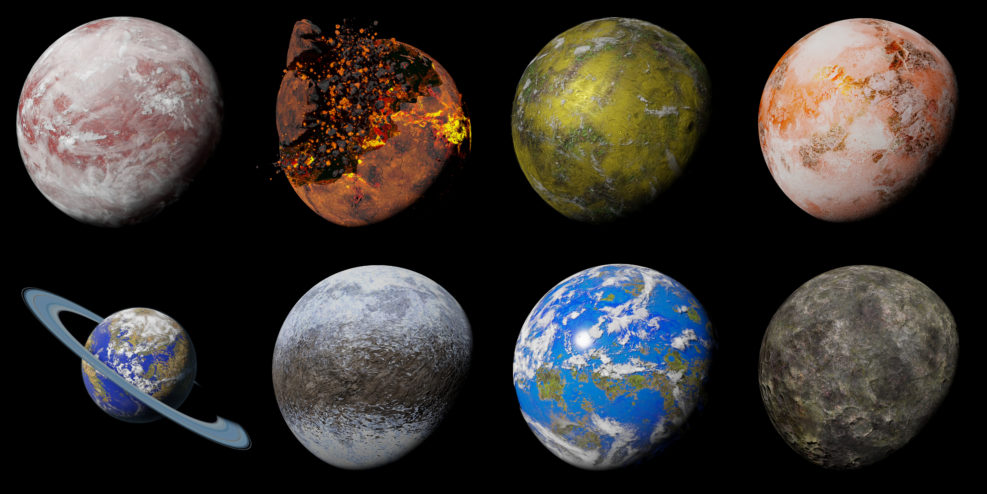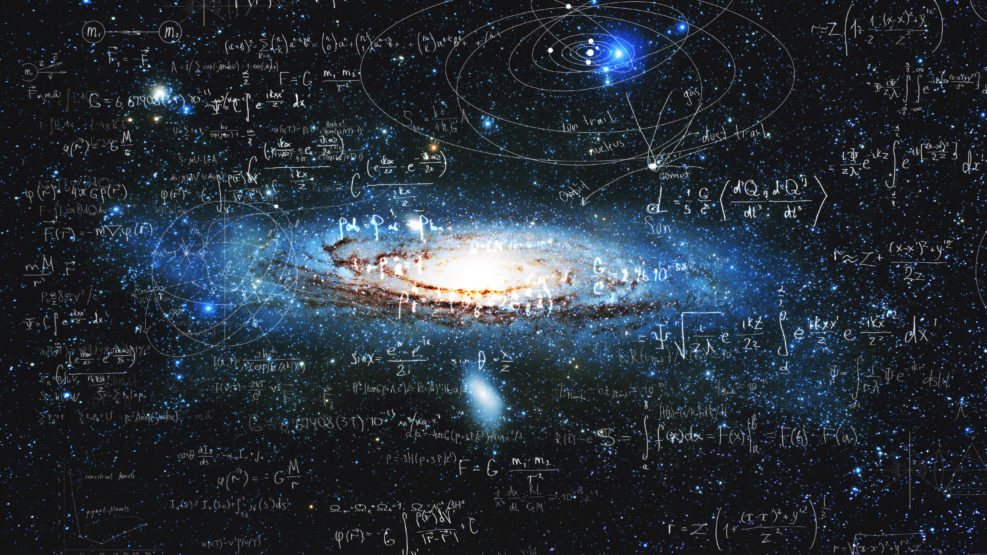
Theoretical Physicist: Can’t Avoid a Beginning for Our Universe
Recent shakeups from the James Webb Space Telescope images invite fundamental questions like, Does the universe have a beginning?The recent flutter over whether the James Webb Space Telescope’s data stream is a plus or a minus for the Big Bang and the Standard Model of the universe touched on some interesting cosmological issues. The Big Bang and the Standard Model support the assumption that our universe is finite and had a beginning. Could it have been eternal — with an infinite past instead of a beginning? The trouble is, as we saw last Saturday, when we try to apply concepts like infinity — typically used in mathematics — to the physical world, the basis of reality can collapse into absurdity. The world science observes seems to be finite; time starts at a certain point, flows in one direction, Read More ›


















